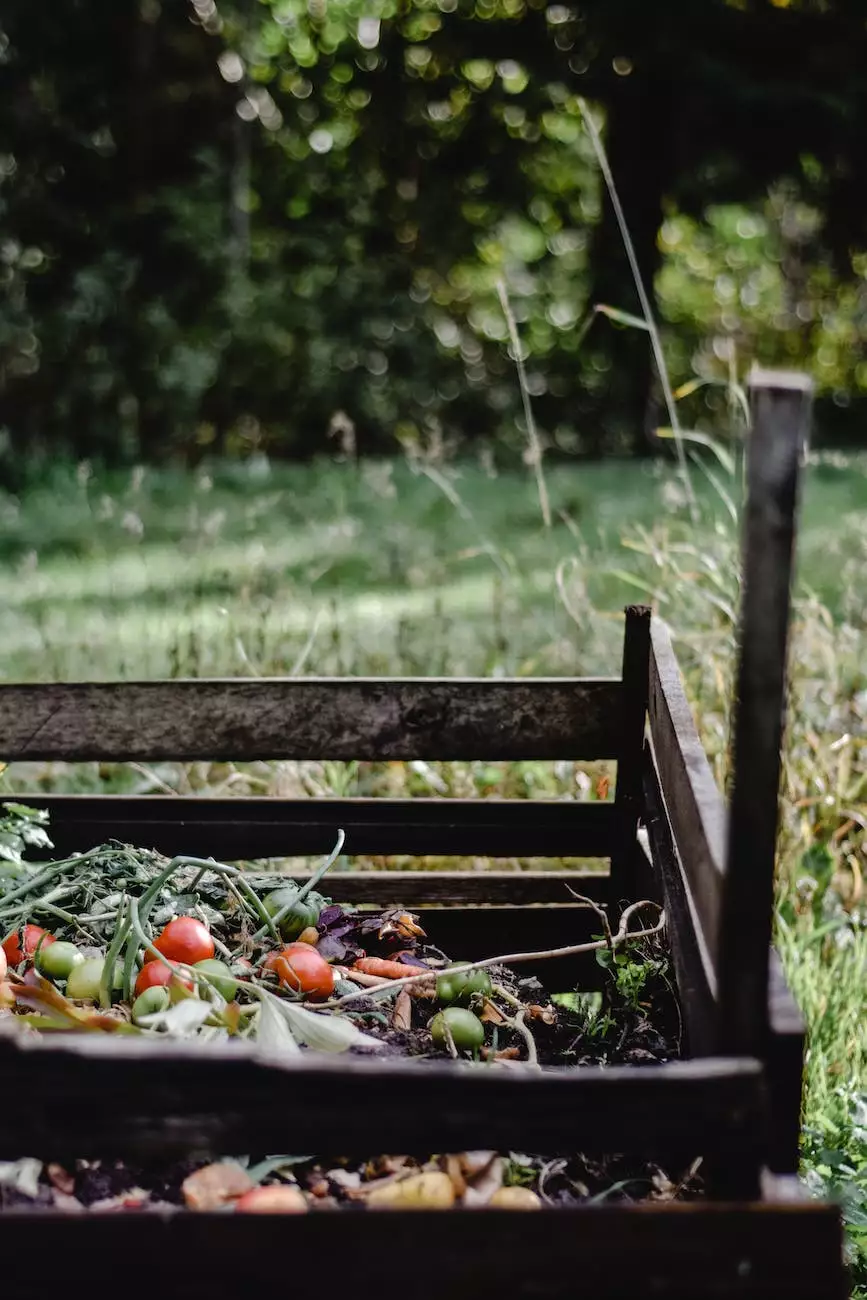How to Make your Own Worm Compost Bin - ECHO

Welcome to Aventuras Naturales, your ultimate resource for outdoor adventures and sustainable practices. In this guide, we'll show you how to make your own worm compost bin, a simple yet effective way to recycle organic waste and enrich your garden soil. Follow these step-by-step instructions to create a thriving worm composting system.
Understanding Worm Composting
Worm composting, also known as vermicomposting, is a natural process that utilizes special types of worms to break down organic matter and convert it into nutrient-rich compost. This compost, often referred to as "black gold," is a valuable resource for gardeners, promoting healthy plant growth and reducing the need for chemical fertilizers.
By implementing a worm compost bin, you can significantly reduce your household waste while simultaneously nurturing your garden with a sustainable and organic alternative. Let's delve into the key steps of creating your worm composting system.
Gathering Materials
Before starting your worm compost bin, gather the necessary materials:
- A sturdy container – such as a plastic tote or wooden box – with a lid
- Drill and drill bits
- Shredded newspaper or cardboard
- Organic waste – fruit and vegetable scraps, coffee grounds, eggshells, etc.
- Redworms – Eisenia fetida or Lumbricus rubellus
- Water spray bottle
Ensure that the container has proper drainage holes for aeration and excess moisture removal.
Setting Up the Bin
1. Start by drilling several small holes in the container's bottom and along the sides to provide ventilation.
2. Place a layer of shredded newspaper or cardboard at the bottom of the container for bedding material. This provides a comfortable habitat for the worms.
3. Moisten the bedding material with water using a spray bottle. It should be damp but not soaking wet.
4. Add the organic waste on top of the bedding. Be cautious not to overfeed the worms initially to prevent any potential odor issues.
5. Gently introduce the redworms to the bin. They will naturally start making their way into the organic waste and begin the composting process.
6. Cover the bin with the lid, leaving it slightly ajar to ensure proper airflow. This helps prevent any unpleasant odor and maintains optimal conditions for the composting worms.
Maintaining Your Compost Bin
In order to maintain a healthy and efficient worm compost bin:
- Regularly monitor the moisture level – it should mimic that of a wrung-out sponge. If too dry, mist water into the bin. If too wet, add additional bedding material.
- Balance the feeding – maintain a proper carbon-to-nitrogen ratio by adding equal parts of "brown" and "green" materials. Brown materials include shredded paper, cardboard, and dry leaves, while green materials encompass fruit and vegetable scraps, coffee grounds, and fresh grass clippings.
- Avoid adding meat, dairy, oily, or excessively sugary items, as they may attract pests or slow down the composting process.
- Regularly stir the contents of the bin using a garden fork or trowel. This helps aerate the compost and ensures even decomposition.
Harvesting the Compost
After a few months, your worm composting system will yield mature compost ready to be used in your garden. Follow these steps to harvest the compost:
- Push the contents of the bin to one side, creating an empty space.
- Add fresh bedding material to the empty side.
- Place fresh food waste on the new bedding.
- After a few weeks, the worms will migrate to the fresh side to access the new food.
- Collect the dark, rich compost from the side the worms have vacated. This can be used immediately in your garden or stored for future use.
Conclusion
Congratulations! You have successfully learned how to make your own worm compost bin. By implementing this sustainable practice, you are actively contributing to reducing waste and enriching your garden's soil. Enjoy the benefits of healthy, thriving plants while reducing your environmental impact.
For more eco-friendly tips, outdoor adventures, and sustainable practices, visit Aventuras Naturales – your go-to resource for travel, tourism, and environmental conservation. Create a greener world with us!




